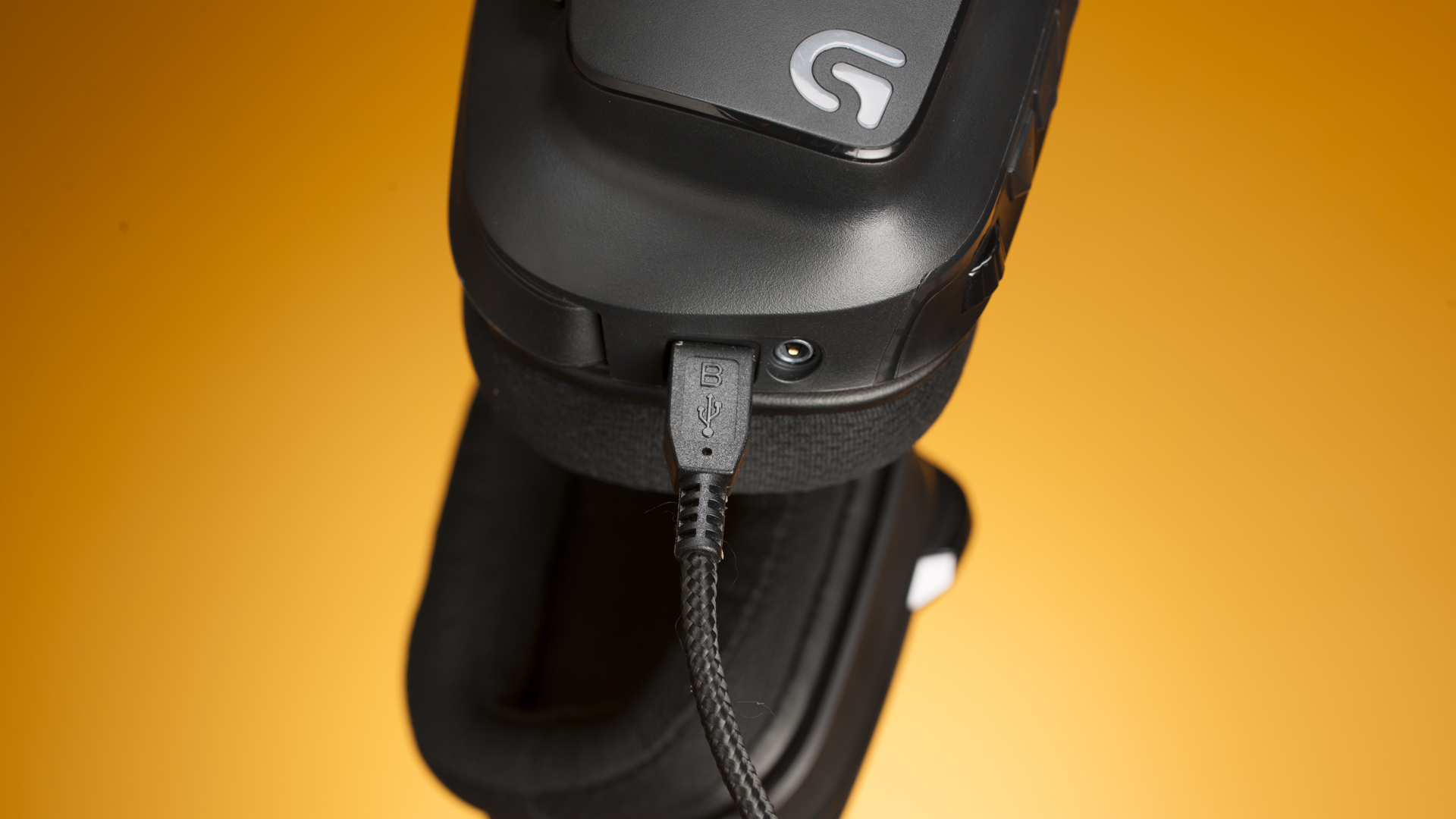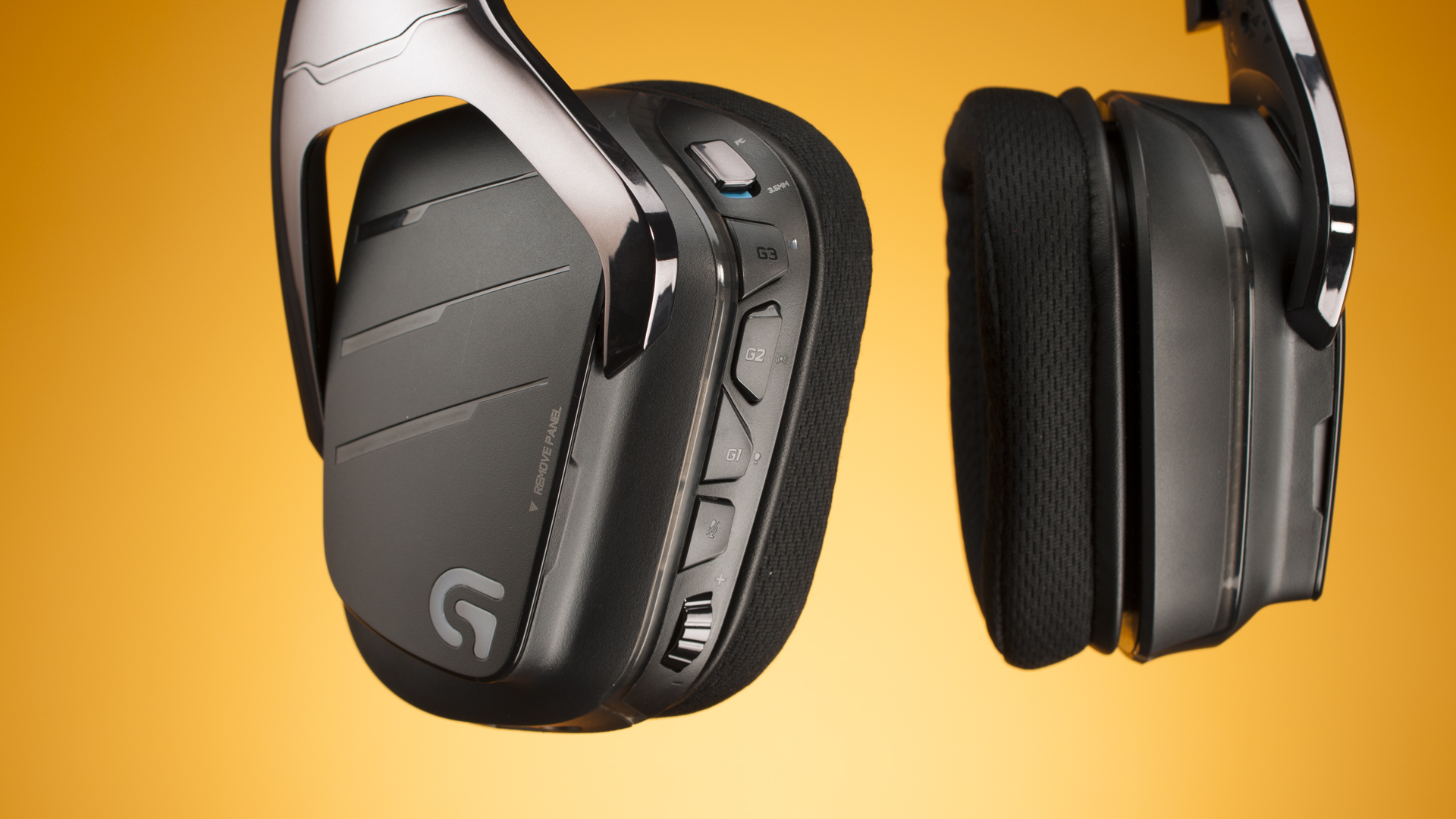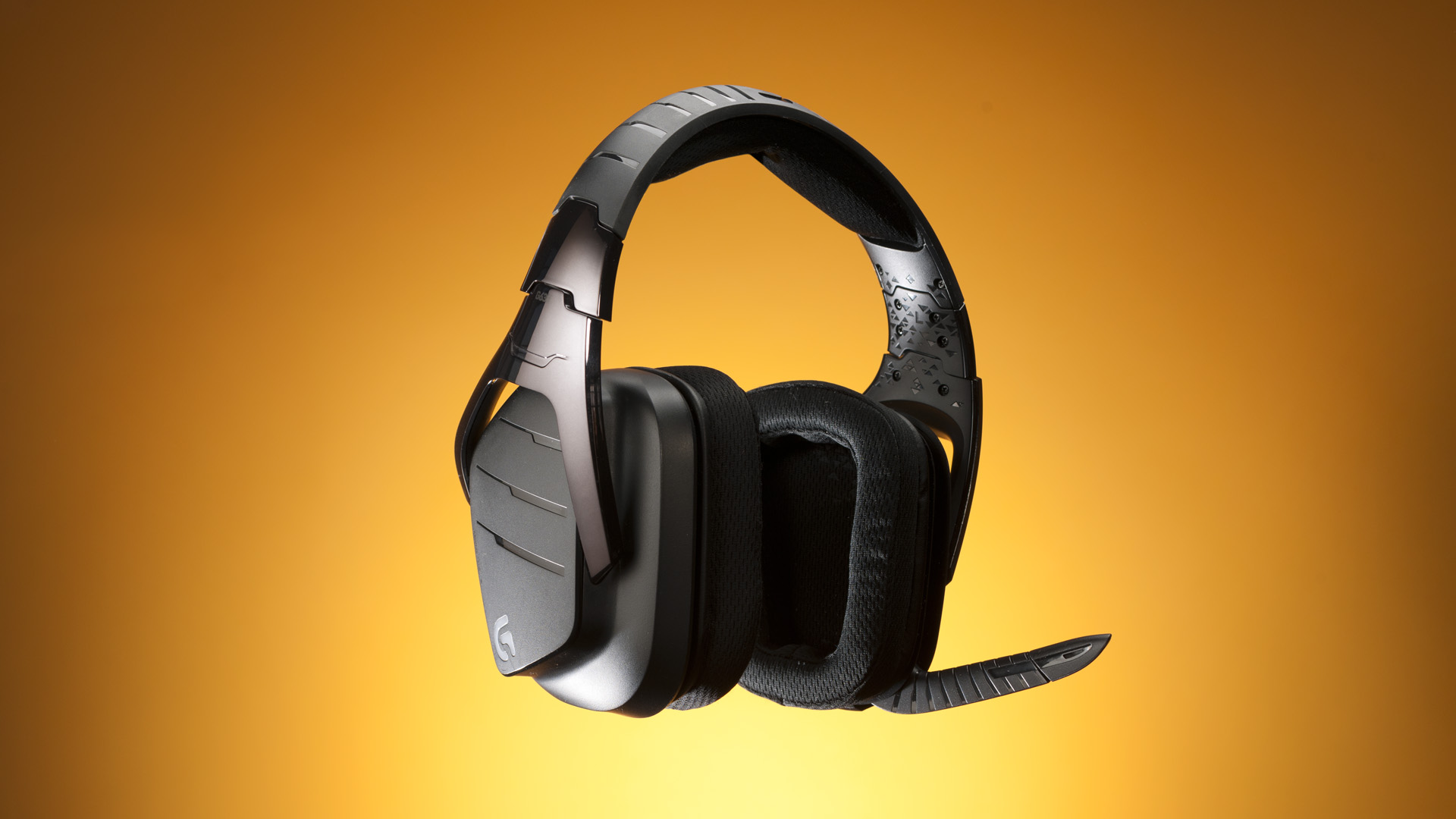Our Verdict
This top-tier gaming headset has everything we'd want from something in its price range except street-friendly looks.
PC Gamer's got your back
A top-tier wired headset to satisfy your aural fixation
We've had the G633 on hand here at Maximum PC for quite some time, but we've wanted to hold off on reviewing the unit for a few reasons. Now that we've had it and used it to its full potential, we can confidently say that this is one badass headset.
The G633 is a 7.1 surround headset, a designation that has left us a bit unimpressed by other headphones. However, this surround is worth the $150 price tag. That is, if you're on Windows.
The headset only uses surround when plugged in via USB, and uses a software driver to essentially emulate 7.1 surround. Logitech includes the driver with their Logitech Gaming Software, which is only available on Windows and Mac. While the headset does show up as a stereo USB audio device in Linux, penguin-loving users don't get the full surround experience. As such, Linux users looking for a surround headset might be better off with Kingston's HyperX Cloud II (which uses an inline USB 7.1 sound card), or the Roccat Kave (which plugs into your PC's 3.5mm surround jacks).

For Windows users, however, the 7.1 surround really delivers in gaming. The Gaming Software driver supports both Dolby 7.1 surround and DTS surround via Headphone:X. From demos and our testing, we found that Headphone:X is what you're really paying for in this headset.
Headphone:X is great... if the game you're playing uses it
During a demo at Logitech's lab in Washington, just a few minutes north of Portland, Oregon, we got to sit in a room custom designed to use DTS surround. If this room, the channel test was the most impressive. The test first played each channel independently over the speakers for reference. When we heard the same test played through the headphones, it sounded identical to the speaker test. Not close, but uncannily identical. We actually took off the headphones off during the test to perform a sanity check, and make sure the Logitech and DTS reps weren't messing with us.
The headset also has very good isolation, so outside sound tends not to bleed through while wearing them. The ear cups are made of a foam that feels more rigid than squishy, but not so much that they become uncomfortable. The foam in a pair of G230s we have in the office is stiffer than the stuff in the G633, so those who haven't liked Logitech's foam ear cups from other models will probably be pleased with the new material.
That aural isolation and accurate surround really blossoms when you play games that support Headphone:X. We know that Alien: Isolation is already scary as hell. With Headphone:X, the sound was so all-encompassing and immersive that we almost didn't want to play. Hearing the alien walking around somewhere down a hallway was thoroughly terrifying. If you're into first-person survival-horror, bring your blood pressure meds because your heart will race when using this tech. We can only imagine how good this will be when coupled with VR. Oh, the possibilities.
To be fair though, Alien: Isolation is one of those games tuned for Headphone:X to work properly. The downside to this awesome sauce is that game developers have to use Headphone:X in their recipe of code for it to be of any worth to the gamer. Without a game that supports DTS and Headphone:X, the headphones can't give you their full flavor.
When DTS surround is used in development, Headphone:X allows you one more cool feature: custom room mixes. Developers can record a reference signal from their audio mixing studio and use it to create a DTS profile of their environment. That profile can then be used with Logitech's Gaming Software, so you can hear the 7.1 mix exactly the same way the audio engineer does. That's a cool feature, and it really got our attention. The Gaming Software driver for the G633 comes with a profile tuned to Logitech's room from Washington, so if you wanted to hear a channel test, you could hear exactly what we heard, the way we heard it.
Not exactly street style
In terms of physical features, the G633 looks and feels like a sturdy gaming headset. The headband feels sturdy, and features some of that nifty new foam padding as well. There are RGB LED features on the headphones too, which can be programmed (or turned off) in Logitech's Gaming Software. But just like mice and keyboards, RGB LEDs are pretty much standard issue for gaming peripherals these days.
One interesting feature is that the sides of the ear cups are secured by a couple of magnets and can be taken off. Logitech said that users will be able to customize these panels. That's an interesting feature, but we wonder just how many people will go and 3D print their own headset parts.

In terms of functionality, all the buttons and switches are on the left ear cup, just behind the ear. Logitech went ahead and included three G-keys, which can be mapped to macros or other game inputs. A volume wheel and a mic mute button sit right below the G-keys.
There's also a switch situated above the G-keys that lets you choose between PC (USB) input and the 3.5mm jack input. This switch is easy to forget about: One time we searched through all of our audio options in Linux to figure out why we weren't getting any audio just to find that we had the switch set to the 3.5mm jack. D'oh.

For some, having a headset that looks like a gaming headset is a turn-off. That's why we really like headsets with detachable mics, so that come time to get on the commuter train or just listen to music, you don't have a mic in your face (and you don't look like a tool). The G633 doesn't have a detachable mic, but the mic stows away very well, and telescopes out for use. The mic boom mutes on up as well, like other Logitech headsets. While the mic stowing is clever and effective, the shape of the headset still screams "gaming" to us, so we wouldn't be inclined to have this headset pull double duty as our commute-time music and podcast cans.
It's what's inside that counts
Finally, we come to sound. After all, that's what matters, right? This headset sounds great, and is top-tier for a gaming headset. At $150, these cans are in the same price range as midrange Sennheisers and AKGs. A pair of AKG K-181DJs cost about $160, and these cans sound just as good, and in some situations, better. Many headphones (including the K-181DJs) tend to be bass-heavy, but the G633s are pretty flat. That doesn't mean the bass suffers, though—it still feels deep and powerful, but the highs are crisp and defined, too. You can get better sound out of a headset, but it'll cost you more than $150. And unless you're an audiophile who's used to listening to FLACs and vinyl every day, you probably won't notice the extra sound quality you spent the money on.
All in all, the G633 is a great headset. If you have the cash to spend, then the surround features, sound quality, and build of this headset makes it worth the money. That said, the G633 is expensive for a headset that we wouldn't wear when we part from the keyboard and chair.
This top-tier gaming headset has everything we'd want from something in its price range except street-friendly looks.



